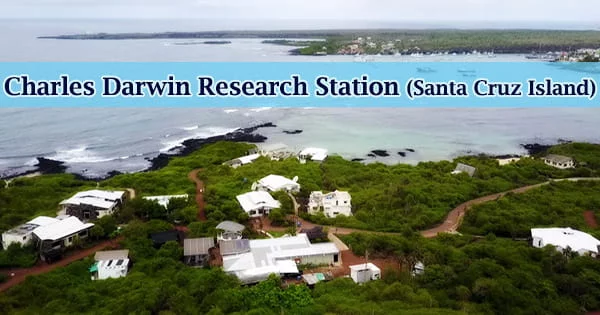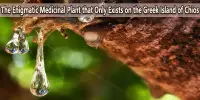The Charles Darwin Research Station (CDRS) (Spanish: Estación Científica Charles Darwin, ECCD) is the operational branch of the Charles Darwin Foundation (CDF) and is located in Puerto Ayora, Santa Cruz Island. CDF is a non-profit organization dedicated to the preservation and conservation of the Galapagos Islands and the animals and plants that call them home. It was founded in 1959.
Ecuadorian and foreign scientists collaborate on research and projects for the conservation of the Galápagos terrestrial and marine ecosystems in Puerto Ayora, Santa Cruz Island. The facilities were opened in 1964 to allow scientists to use the station as a base for their research on the Galapagos Islands and to assist the Galapagos National Park Directorate (GNPD) on management decisions.
At any given time, they may be working on a variety of tasks, including removing invasive species, monitoring the health of specific animal or plant populations, assisting with fishing regulations, and more. The CDRS’s mission is to conduct conservation-oriented scientific research and environmental education.
Over a hundred scientists, educators, volunteers, research students, and support staff from across the world work at the Station. Donations are used to fund the foundation’s activities.
Charles Darwin, the famous British naturalist who visited the islands aboard the HMS Beagle in 1835, is honored with this name. He later made the Galapagos Islands famous by illustrating his Theory of Evolution with Galapagos finches. This project involved over a hundred scientists, educators, research assistants, support workers, and volunteers from all around the world.

The organization’s personnel is currently made up of more than 75% Ecuadorians and is dedicated to providing professional training to Galapagos permanent inhabitants. The majority of visitors to the Research Station are there to observe Lonesome George, the lone remaining Pinta Island giant tortoise.
The Pinta Island subspecies of giant tortoise was thought to be extinct for many years. The CDRS conducts scientific research and monitoring programs in collaboration with its main partner, the Galápagos National Park Service (GNPS), which is the primary government agency in charge of conservation and natural resource issues in the Galapagos Islands.
However, one lone survivor (giant tortoise) was discovered in 1971. Christened “Lonesome George,” he was quickly taken to the research station, where he could be protected while a mate was found.
He has yet to find a mate, though he does share a pen with two Wolf Volcano subspecies “girlfriends.” The two females recently deposited eggs, and George is hoped (and assumed) to be the father. Even a Pinta Island hybrid would indicate that George’s genes have survived, according to scientists.
The work of the CDRS has as its main objectives:
- To encourage, facilitate, develop, and implement scientific research that will lead to a greater understanding of biological principles, a better understanding of ecosystems, and adequate management of the islands’ natural resources.
- To provide advice to the Ecuadorian government on natural resource protection and management in the Galapagos Islands.
- Collaboration with Ecuadorian institutions on the execution of scientific research and education initiatives on the islands.
- To aid in the development of Ecuadorian scientific and technical workers with expertise in natural sciences and natural resource management.
- Contribute to and collaborate on educational programs relating to island protection.
- Compile the findings of the organization’s scientific investigations and other operations, and disseminate this information regionally, nationally, and worldwide.
An exhibition hall, native gardens, and a public library are all open to the public. In addition to serving as a tourist attraction, the Research Station is critical in providing scientific knowledge and technical guidance to the Ecuadorian government in order to preserve Galapagos conservation.
Lonesome George isn’t the only attraction at the station. The organization has helped fund a program that raises young giant tortoises before releasing them into the wild, and some of the younger turtles can be seen in their enclosures.
This program is critical because invasive species (especially ants and rodents, but also cats and dogs) can prey on tortoises when they are young, before their shells become too enormous and their skin becomes too thick. The Galapagos Park Service is collaborating on this project.
More than 2,000 tortoises have been hatched, nurtured, and released since 1970. The Station also has a population of land iguanas that are kept there for research and protection. The research station is located less than a mile from Puerto Ayora on Santa Cruz Island.
Walk or take a taxi east on Charles Darwin Avenue from Puerto Ayora until you reach the property. Every day from 8 a.m. to 5:30 p.m., visitors are welcome, while the facility closes for lunch between 12:30 and 2:30 p.m. The exhibitions, toilets, gift shop, and cafe are all free to visit, however the center does accept donations to help fund its science programs.
















